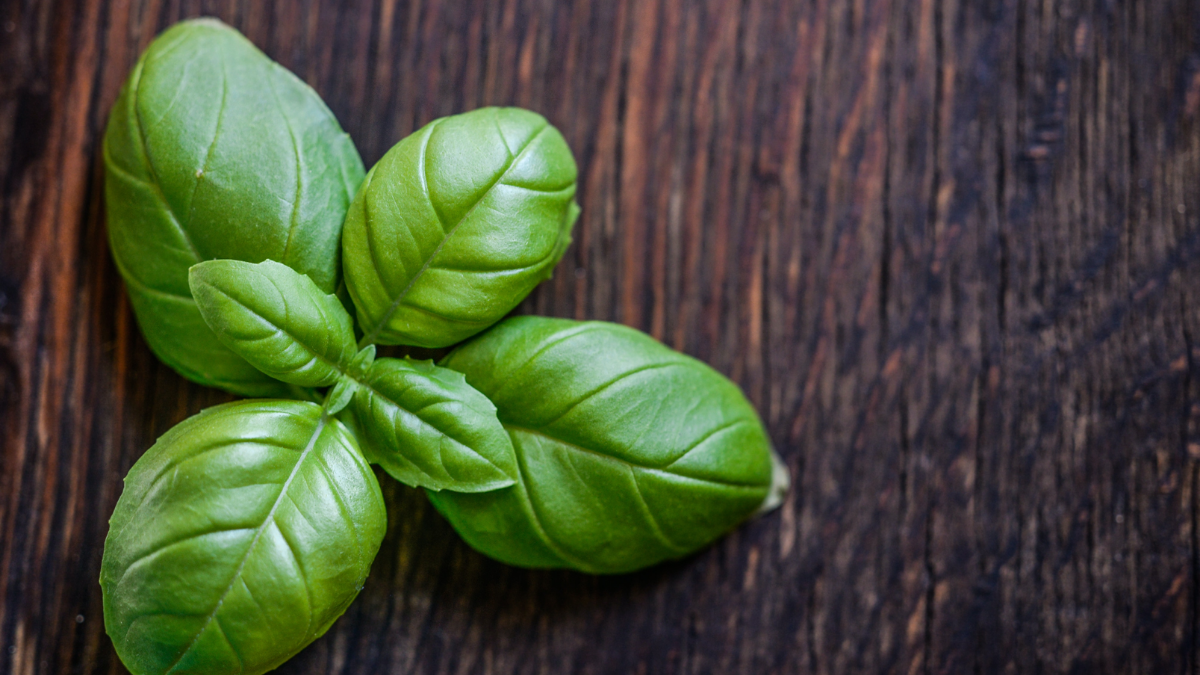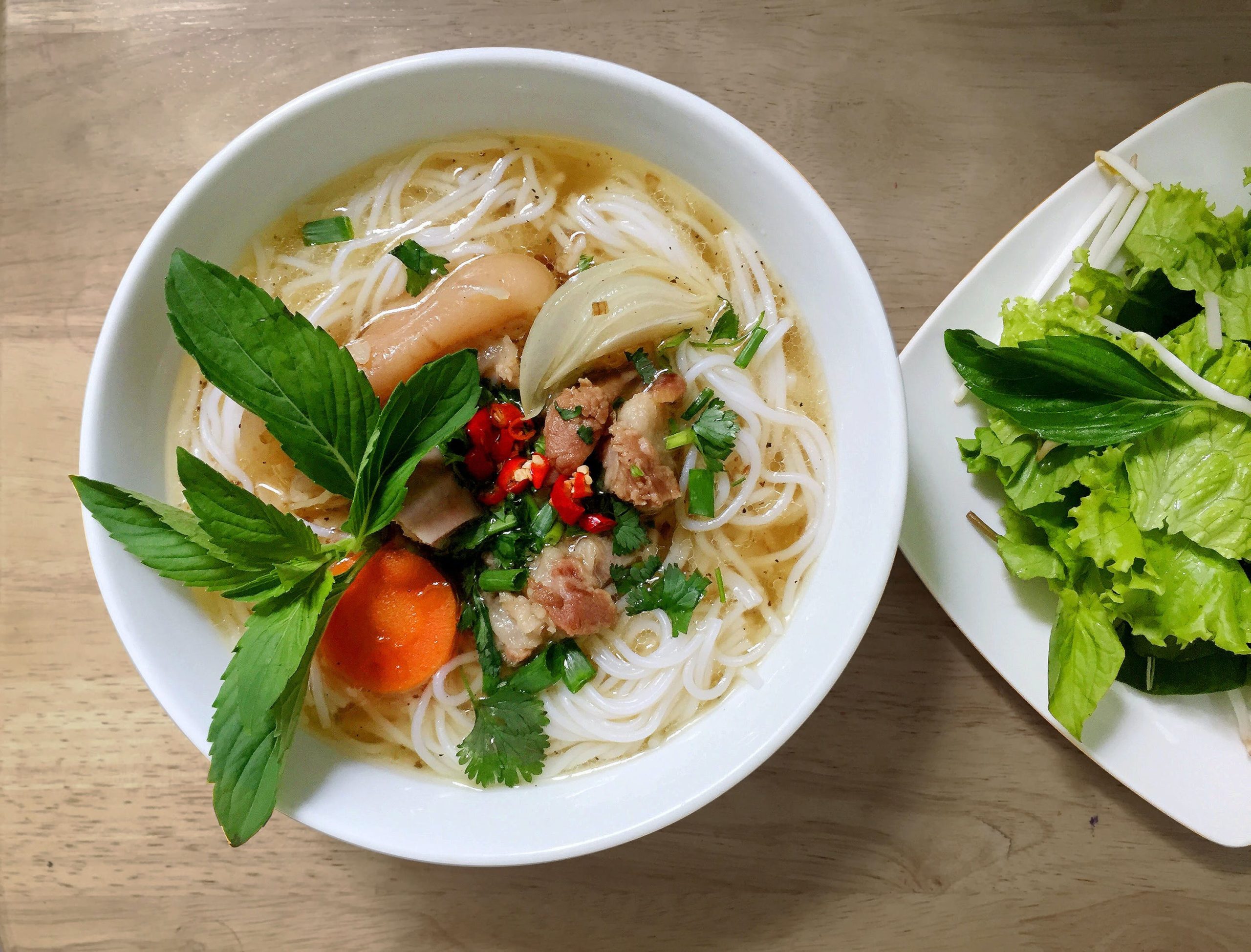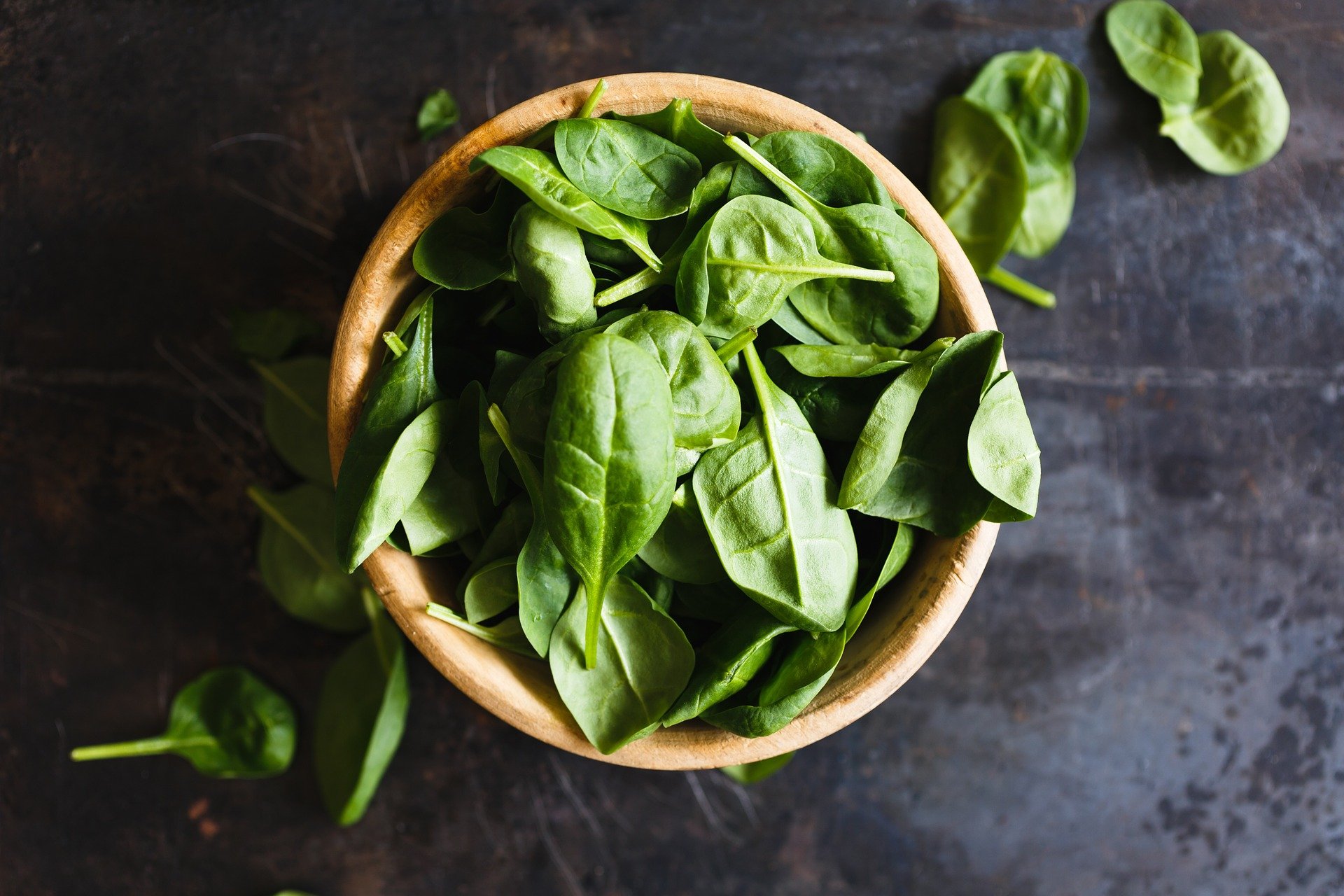What is Basil?
Basil is a leafy green plant with a strong flavor in Asia and Africa. It’s a member of the mint family, and there are numerous kinds. This aromatic herb is popular as a food flavoring, but it’s also used in teas and supplements, and it may have a variety of health advantages.



